Did you know that April is National Serger Month? My wonderful machine sponsor, Baby Lock Sewing and Embroidery Machines, has decided that the serger needs to be celebrated with a month dedicated to all things serger and I am in total agreement! There are very few things that I sew where I don’t use a serger, even though I try to do projects on the blog where you don’t need a serger. A serger is one of those tools that you might think you don’t need, but then once you get it, you will be saying, ‘Where have you been my whole life?’.
I am lucky enough to sew on the gorgeous Baby Lock Evolution serger and was asked by the folks at Baby Lock to share an easy project using one of my favorite features on a serger, differential feed. I chose to create an easy Ruffle Dishtowel. Throughout the month of April you can check out the National Serger Month website to check out a bunch of free projects made with sergers, learn more details about what they can do and enter to win your very own serger. And let me tell you…….Baby Lock sergers are the BEST!
Differential feed is a really fun component of your serger that you may not have thought about much…….until now. Your serger is set up with two sets of feed dogs; the differential feed dogs are in the front and the other set of feed dogs are in the back. When you are doing a regular 3 or 4 thread overlock stitch, your differential feed is set in a somewhat neutral position (N), meaning the feed dogs at the front are moving at the same pace / speed as the feed dogs in the back.
Begin serging. Your fabric on the bottom will gather and attach to the fabric on top. For tighter gathers, add a little tension to the top fabric by pulling ever so slightly. If you’ve only cut your fabric to be ruffled 2 times longer than the fabric not being ruffled, you probably don’t want to add any tension to the upper fabric. If you would prefer to have more ruffles, cut the ruffle fabric 2.5 times longer and you should be able to achieve a tighter gather. Always test before sewing on your actual project. It’s better to have too much fabric when gathering, than not enough…..you can always square it up if there is too much.
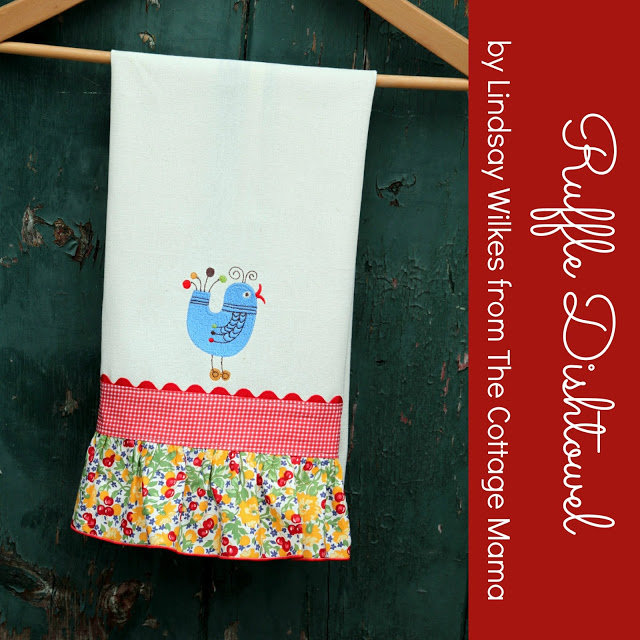

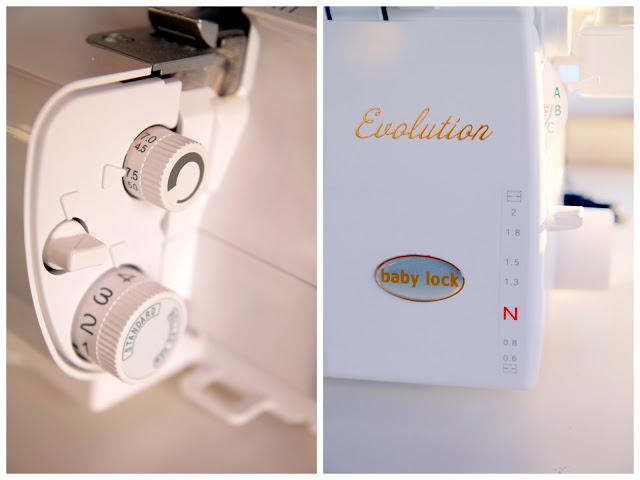


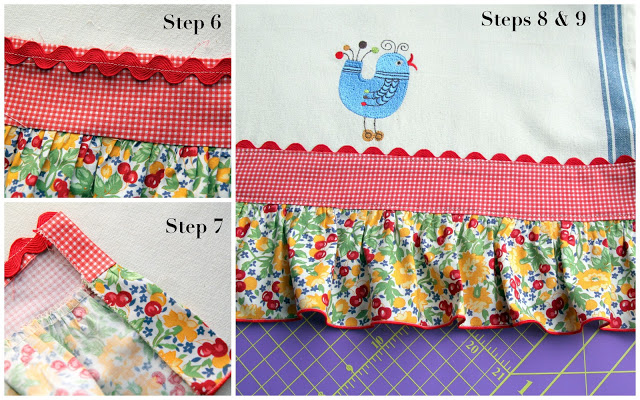




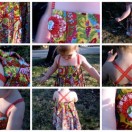
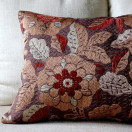
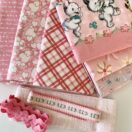
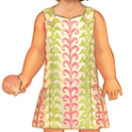
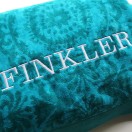
 Lindsay Wilkes is the owner and designer behind The Cottage Mama. She creates timeless, vintage inspired sewing patterns for children’s clothes. She is also a fabric designer for Riley Black Designers / Penny Rose Fabrics, author of the book ‘Sew Classic Clothes for Girls’ and can be seen teaching nationwide and online in her video series ‘Lessons with Lindsay’ sponsored by Baby Lock Sewing and Embroidery machines.
Lindsay Wilkes is the owner and designer behind The Cottage Mama. She creates timeless, vintage inspired sewing patterns for children’s clothes. She is also a fabric designer for Riley Black Designers / Penny Rose Fabrics, author of the book ‘Sew Classic Clothes for Girls’ and can be seen teaching nationwide and online in her video series ‘Lessons with Lindsay’ sponsored by Baby Lock Sewing and Embroidery machines.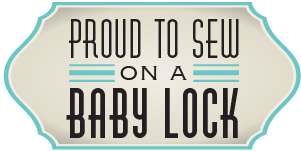


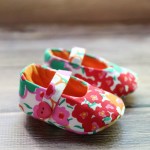

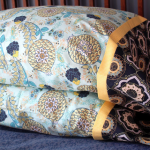
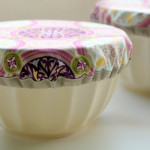
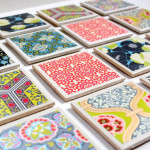
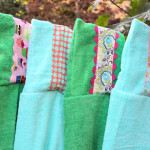
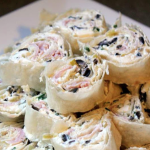




I am having sewing machine envy big time right now!!!! Super cute dishtowel – excellent job!